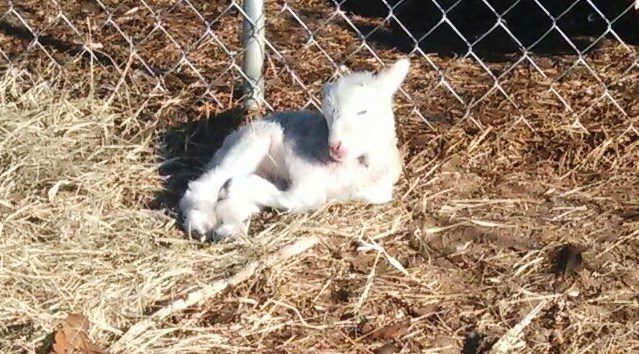 Everyone has heard the song, Mary Had A Little Lamb. But have you ever actually seen or touched a sheep before? Well, until I was an adult expecting my own little one, I had never touched one or seen one either. It was the fall of 1998 at a county fair in Fayetteville, Arkansas. I was pregnant, so the only thing I could really enjoy at a fair was the food and the animal exhibits. Chickens, cows and pigs were everywhere. Then I came to a separate area where they housed rabbits and sheep, probably because both of these animals are raised for their meat and their coats. I walked over to the sheep, where a woman asked if I would like to pet them. I didn’t know it then, but that moment would later change my opinion of raising sheep.
Everyone has heard the song, Mary Had A Little Lamb. But have you ever actually seen or touched a sheep before? Well, until I was an adult expecting my own little one, I had never touched one or seen one either. It was the fall of 1998 at a county fair in Fayetteville, Arkansas. I was pregnant, so the only thing I could really enjoy at a fair was the food and the animal exhibits. Chickens, cows and pigs were everywhere. Then I came to a separate area where they housed rabbits and sheep, probably because both of these animals are raised for their meat and their coats. I walked over to the sheep, where a woman asked if I would like to pet them. I didn’t know it then, but that moment would later change my opinion of raising sheep.
I always thought of sheep as an exotic type of animal. I never really saw them out grazing like you do cows or horses. That all changed when a friend of ours asked why we weren’t raising sheep instead of the few cows that we had. He told us that the land that one cow and her calf use could support 5 to 7 ewes and their young. Also, calves take about a year to grow, where lambs only take about 5 to 6 months. It didn’t hurt that our son Blaze was a budding chef who loved to cook lamb!
So we started talking about which breed of sheep would be best for us. Since we try to be sustainable, we choose animals that are dual purpose at a minimum. Our friend recommended Merino sheep. He told us that Merino wool was high quality, which translated into high money. Their meat is also very tasty, even after the lamb (0-12 months) turns into mutton(12 months+). This is when I remembered my experience almost 15 years earlier. The sheep we were considering were the same kind that I had pet in Arkansas so many years ago. What I didn’t mention earlier was the reason why my opinion changed on sheep. As I touched the the freshly sheared sheep, I noticed a residue on my hands. I couldn’t help but rub my hands together over and over again. The sheep lady laughed and simply said, “Lanolin.” Anyone who has ever touched a sheep or held raw wool will know what I am talking about. Lanolin is a wax that keeps water off of a sheep’s wool. It is also a wax that is frequently used in health care products ranging from baby skin treatment to Carmex lip balm.
After sharing that experience with my family as well as all of the other benefits to raising sheep, we purchased a breeding trio of Merino sheep. We were fortunate to find two black ewes and a ram that was white with black markings around his eyes and face. 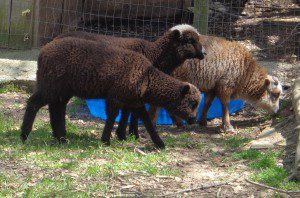 Since our purchase, we have learned that sheep are great foragers, often eating the stuff that cows won’t touch. On our 21 acre plot, we barely notice how much they eat. They are very low maintenance, but also very skiddish. This can make it difficult to monitor their health. Since they are fluffy most of the year, it also makes it tough to see if a sheep is pregnant or has worms. No matter how much time we spend trying to bond with them, they tend to run the other direction. This makes it a little challenging to do intense grazing, but they get the hang of it after a while! And so far, the closest I have gotten to getting my hands on some lanolin, is when they were sheared and we had to spread out their fleece to dry!
Since our purchase, we have learned that sheep are great foragers, often eating the stuff that cows won’t touch. On our 21 acre plot, we barely notice how much they eat. They are very low maintenance, but also very skiddish. This can make it difficult to monitor their health. Since they are fluffy most of the year, it also makes it tough to see if a sheep is pregnant or has worms. No matter how much time we spend trying to bond with them, they tend to run the other direction. This makes it a little challenging to do intense grazing, but they get the hang of it after a while! And so far, the closest I have gotten to getting my hands on some lanolin, is when they were sheared and we had to spread out their fleece to dry!
I do think that if you are looking for low maintenance animals that will produce meat and help maintain your land, sheep are definitely worth considering. Just remember sheep are herding animals so you will need more than one! Good luck and remember pastured sheep are wooly happy (and so are their owners!)
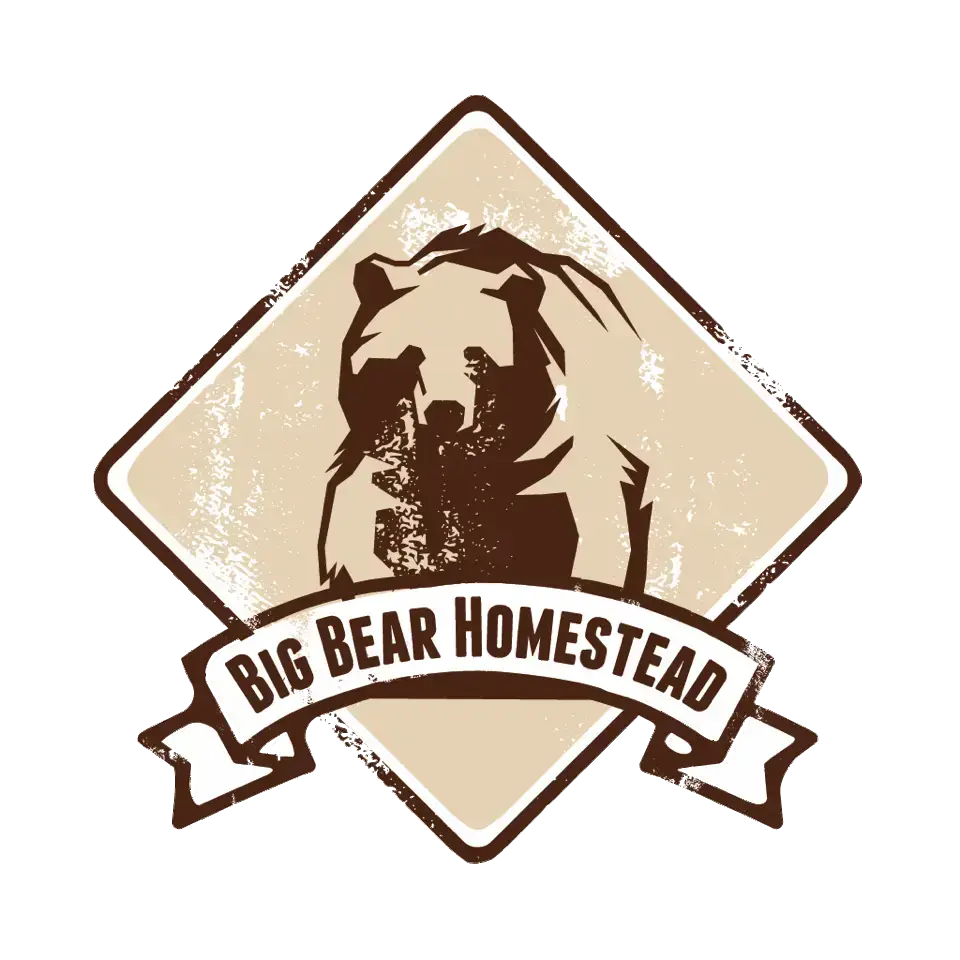
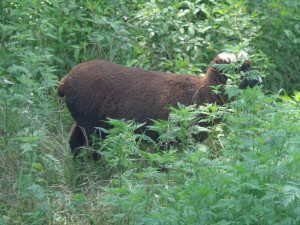
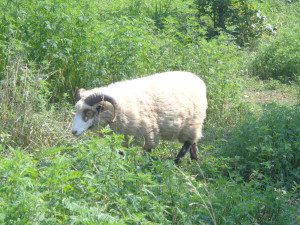
How can I contact you about purchasing sheep?
Sorry I just saw this. You can email us at Bigbearfarms@hotmail.com.